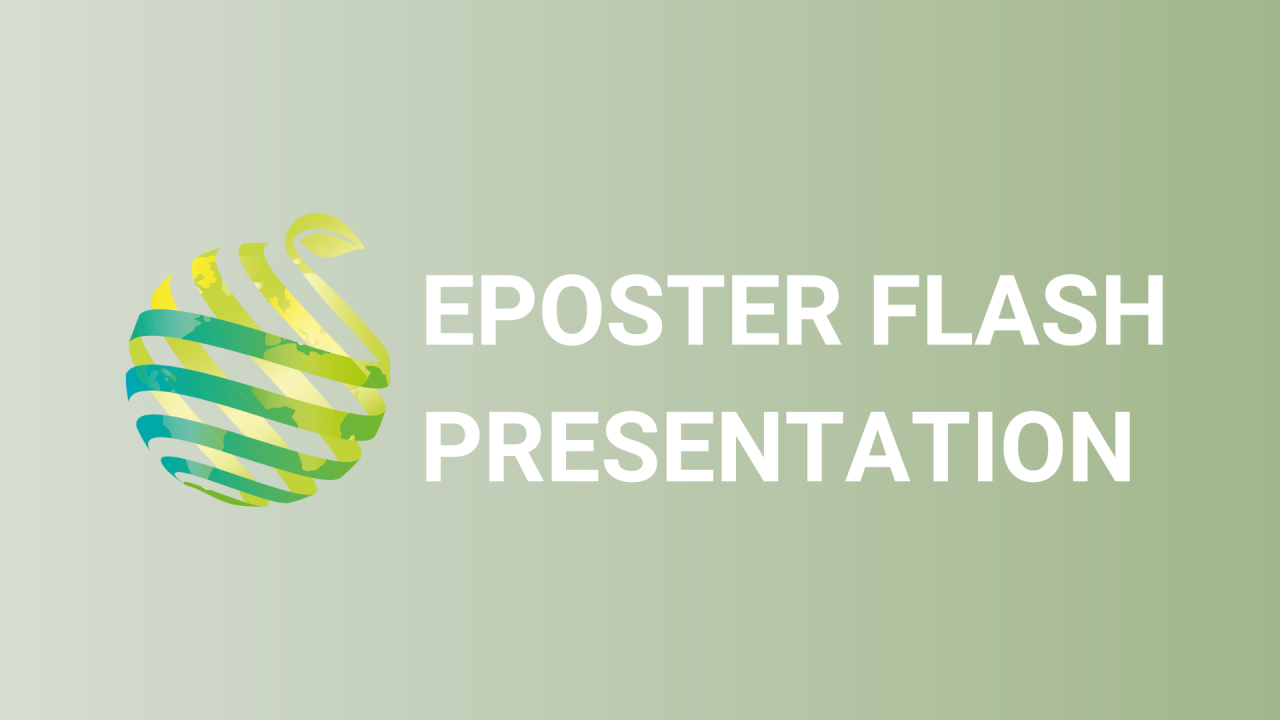

S06 - Session P3 - Soilless cultivation of Crocus sativus L. comparing commercial inoculants of arbuscular mycorrhizal fungi (AMF)
Information
Authors: Stefania Stelluti *, Matteo Caser, Sonia Demasi, Nicole Mélanie Falla, Erica Lumini, Valeria Bianciotto, Valentina Scariot
Saffron ( Crocus sativus L.) is an autumn-flowering geophyte widely cultivated for the most precious spice, consisting of the dried red stigmas of the flower. The spice of saffron has been used since ancient times in culinary practices for its coloring capacity, pleasant bitter taste, and intense aroma. Along with the spice, the violet tepals have a high content of phenolic compounds and antioxidant capacity, whereby they are considered a valuable by-product. Saffron, being sterile, is propagated vegetatively through corms. Cultivation in soilless conditions could facilitate crop management, avoid the negative impact of climate change (salinity), increase spice yield and quality, and control pests and pathogens. Inoculants of microbial biostimulants could improve plant yield and the antioxidant content of flowers. In the present study, several commercial AMF inoculants, i.e. a single species of Rhizoglomus irregulare or a multi-species mixture of Funneliformis geosporum , Funneliformis caledonium , and Claroidoglomus claroideum , were tested against an uninoculated control in pots filled with sterilized quartz sand (1 corm per pot). A randomized block design with a total of 36 pots and 3 treatments was used. The experiment (July 2019 n June 2020) took place in a greenhouse until the spates emerged, then outdoor in a containment chamber at the Botanic Garden of Turin. The number of flowers produced daily per corm was evaluated and yield measurements of flowers, spice, and corms were carried out, as well as morphological analyses. In general, no significant differences were found between the treatments. The antioxidant capacity (FRAP, DPPH, and ABTS assays) and total phenolic content (Folin-Ciocalteau method) were assessed on tepals. Plants treated with Rhizoglomus irregulare tended to show higher values with the FRAP assay. The use of different microbial biostimulants in a controlled environment deserves to be deepened to improve horticultural practices and further enhance the yield and quality of saffron.